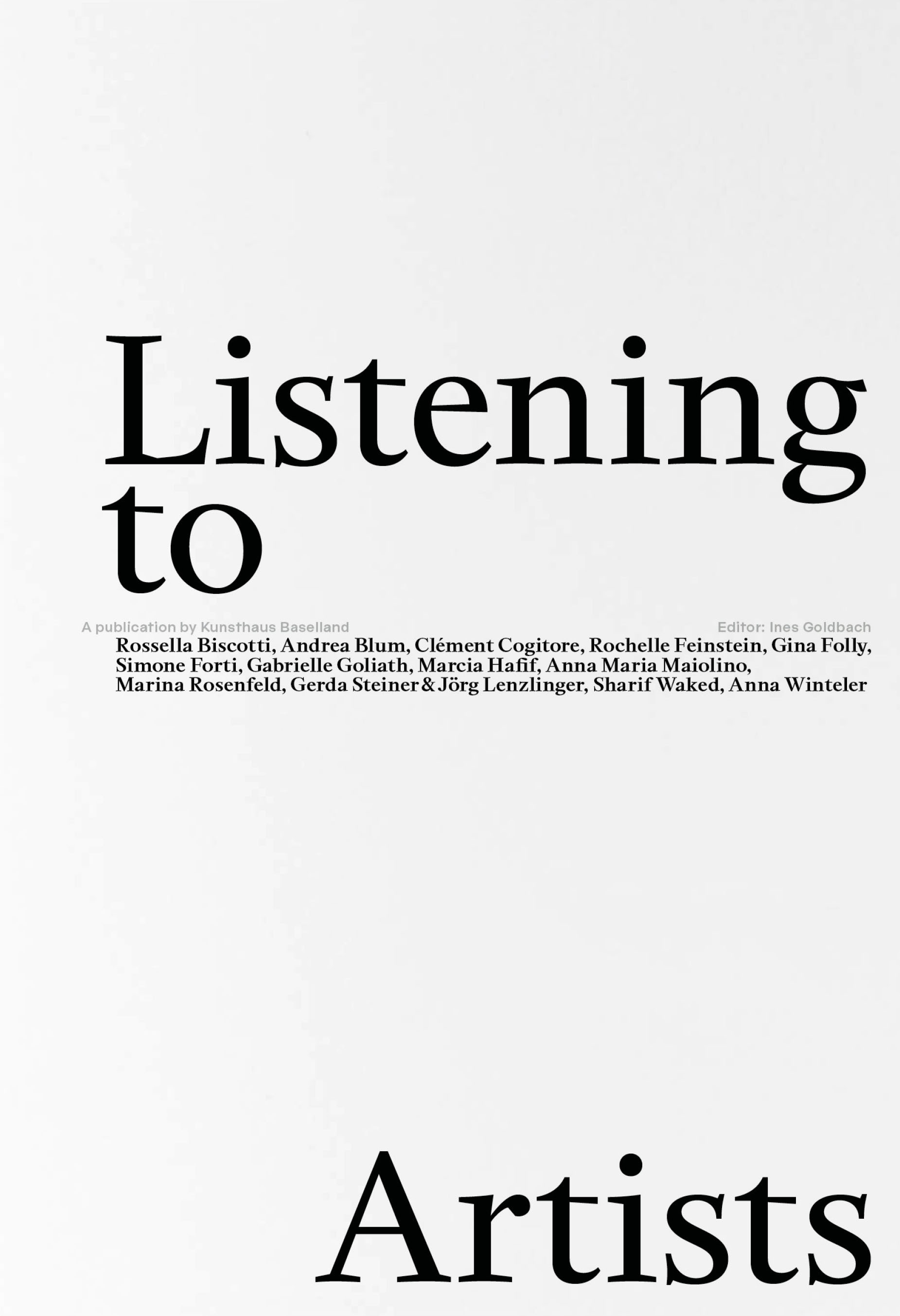Clément Cogitore
Part I
Einzelausstellung
15.2. —
28.4.2019
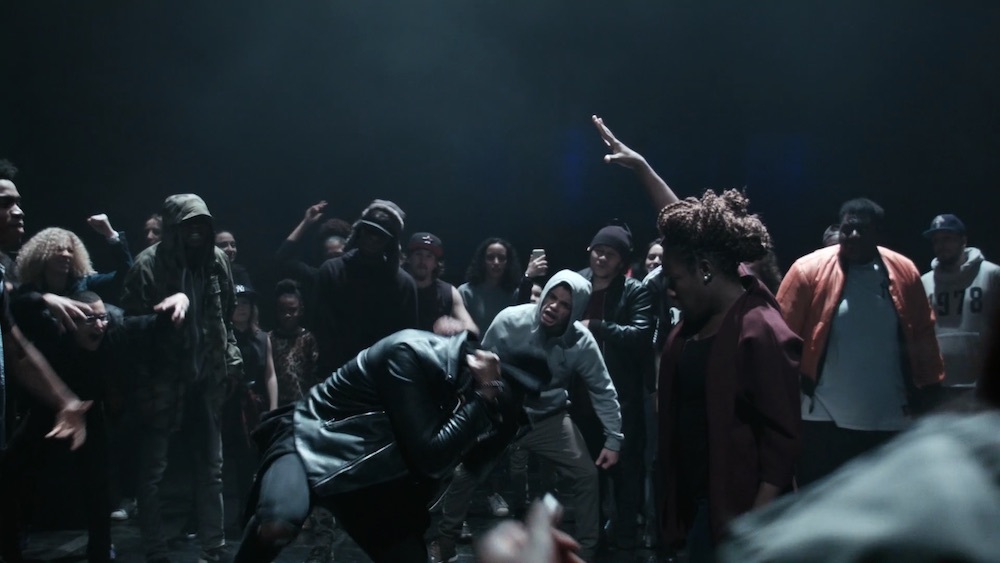
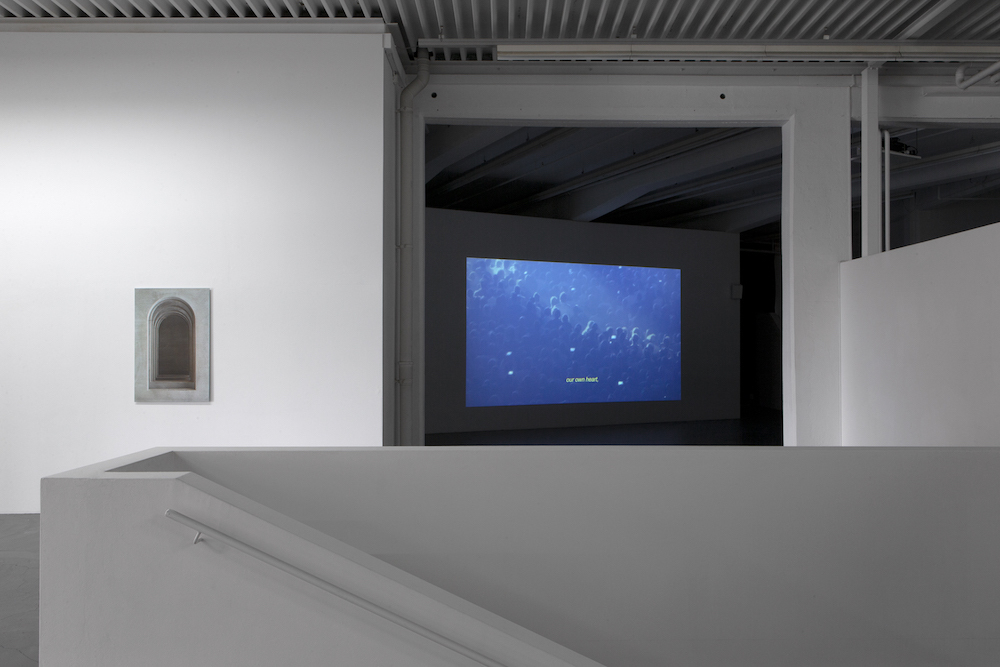
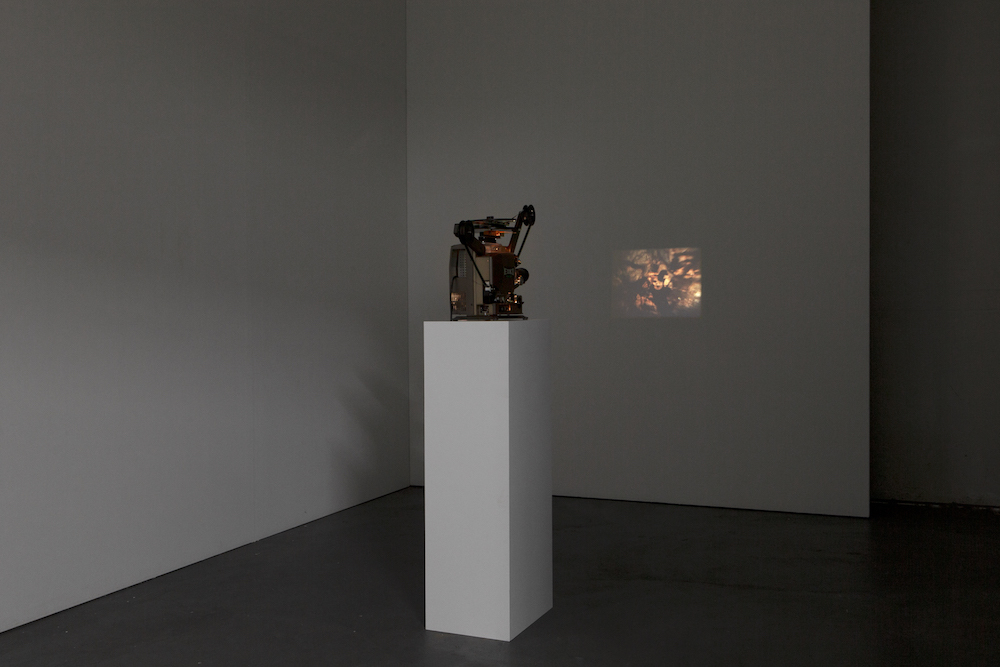
Pressespiegel (Auswahl)
Le Monde, 9.2.2019
Basellandschaftliche Zeitung, 15.3.2019
Projektpartner
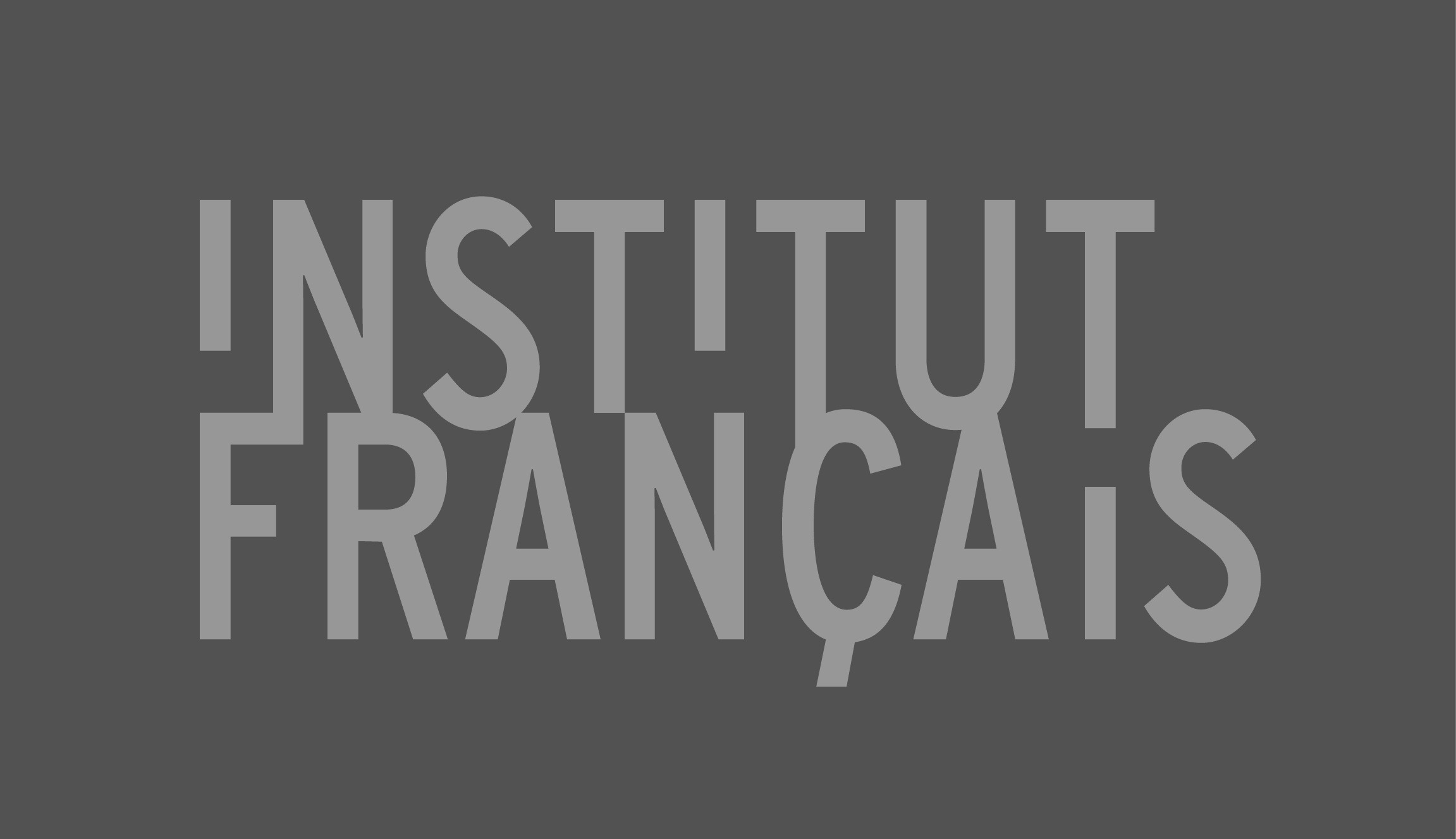
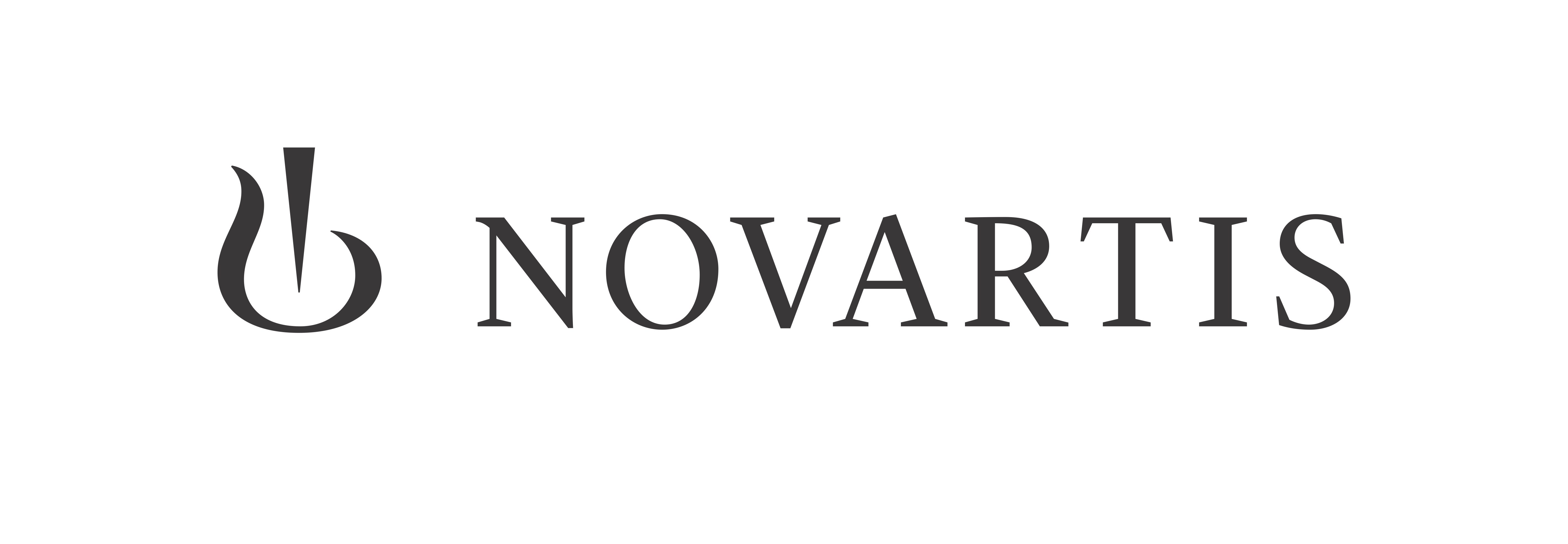
Mit der zweiteiligen Ausstellung des in Paris lebenden Künstlers Clément Cogitore (*1983, Colmar) präsentiert das Kunsthaus Baselland die erste Einzelausstellung des aktuellen Gewinners des Prix Marcel Duchamp 2018 in der Schweiz. In seinem seit Jahren gewachsenen Werk verhandelt der französische Filmer und Fotograf eingehend die Frage nach der Rolle von Bildern aus Werbung, Unterhaltung, sozialen Netzwerken oder auch Ritualen, Geheimnissen und Scheinwelten, die eine aktive Rolle in der Konstruktion von Lebensentwürfen einnehmen. Die erste Ausstellungssequenz wird mit unterschiedlichen Arbeiten einen Überblick über sein Schaffen der letzten Jahre geben, während im zweiten Teil ab Mitte Mai sein neues Werk The Evil Eye, für das er den Prix Marcel Duchamp 2018 erhalten hat, erstmals im Fokus einer institutionellen Präsentation stehen wird.
Geschichten erzählen oder auch Geschichten zuhören zu dürfen, hat etwas Wunderbares — Reales kann sich mit Fantastischem mischen, alles scheint möglich, der Verlauf kann sich jederzeit ändern, die Fantasie wird aktiviert. Der Filmer Clément Cogitore ist genau ein solcher Geschichtenerzähler, wenngleich es nicht wirklich um Erfundenes geht. Eher kehrt er das Poetische, Besondere, Fantastische, bisweilen Irritierende aus Momenten des Alltags und der Wirklichkeit heraus — und das nicht nur in seinen Film, die kurz sein oder auch Spielfilmlängen haben können, sondern auch in seinen Fotografieserien. In seinem seit Jahren gewachsenen Werk verhandelt der französische Filmer und Fotograf eingehend die Frage nach der Rolle von Bildern aus Werbung, Unterhaltung, sozialen Netzwerken oder auch Ritualen und Scheinwelten, die eine aktive Rolle in der Konstruktion von Lebensentwürfen einnehmen.
Ein Paradebeispiel für sein künstlerisches Vorgehen ist sein vielbeachteter Film Les Indes galantes, für den er Krump-Dancer, eine Art Hip-Hop-Dancer, aus der Gegend von Paris für einmal zusammenbrachte und mit ihnen an der Oper in Paris den 3. Akt der Ballett-Oper Les Indes galantes(The amorous indies) von Jean Philippe Rameau aus dem Jahr 1735 aktivierte. Es ist aber nicht allein das Stück aus dem 18. Jahrhundert, das durch die jungen Menschen und ihren kraftvollen, eigenwilligen Tanz fesselnd in die Gegenwart geführt wurde. Und auch nicht allein die Tatsache, jemanden eine Bühne zu geben, der sich sonst der Öffentlichkeit eher entzieht — wie etwa jene Tänzer und Tänzerinnen. Clément Cogitore interessiert ebenso, was im Vorfeld und hinter dem Rampenlicht passiert und welchen Nachklang ein Werk bei denen hinterlassen kann, die involviert sind. Gerade im Zusammenführen von zwei Welten und Bereichen, die zuvor scheinbar getrennt waren, kann solch ein Moment eintreten. Eben wie diese Form der Jugendkultur der Krump-Dancer, die sich in den 1980er Jahren aus der Empörung heraus im Ghetto von Los Angeles losgetreten hat, und nun auf das Ambiente der renommierten Opéra National de Paris mit seinen Traditionen und Ritualen trifft. Es sind eben jene Berührungspunkte, denen Clément Cogitore immer wieder in seinem Werk nachspürt: Das Unkontrollierbare, Energiegeladene, aber auch Geheimnisvolle, bisweilen Manipulative und nicht immer mit der Ratio Erklärbare, das immer wieder auf uns trifft und wird dennoch nicht immer bereit sind zu sehen, zu überprüfen und mit allen unseren Sinnen zu erfahren. Ines Goldbach traf Clément Cogitore anlässlich der Ausstellung im Kunsthaus Baselland zum Gespräch.
The flow of images. Clément Cogitore in Conversation with Ines Goldbach
IG: I would like to start our conversation with a discussion about the body, especially the political and social body that is, I think, central to your entire work. Films like Les Indes galantes,for example, seem to focus on a very contemporary understanding — or misunderstanding — of living, being and acting together: inclusion or separation, within Europe, within a society, within different religions, genders, social contexts or a certain group. Topics that are among the most important at this moment in our time. Would you agree that this is crucial topic for your works? Why do you think that film is an appropriate medium for a discussion of these topics?
CC: The body in its own way says things that language does not allow us to express: tensions, energies, desires... It's something that comes up regularly in my work and film is indeed a very powerful medium to capture it.
Once someone pointed out to me that in my work bodies are often either subjected to a form of alienation (Elegies,for example), or seized in a transgressive movement (Les Indes galantes). I wasn't really aware of it, but in fact it is true. Between alienation and transgression is a tension that interests me.
IG: The music, rhythm and atmosphere of the whole film Les Indes galantesis stunning; it makes the viewer a participant immediately. The film can be read as a summary and at the same time a clash of all the aforementioned topics, mixed with high energy and the high risk that it might become violent. At the same time the films can be perceived as suggestions of how to deal with potential aggressive energy within society; how this might be transformed into release and liberation. Was this one of your motivations for working with these young Krump performers, who have different backgrounds, giving them a stage and making a kind of dance publicly visible, a dance form which was, as far as I understand, born in black Los Angles ghettos in the 1990s after the violent death of Rodney King and the subsequent riots and which has remained mostly invisible?
CC: At first I just had an intuition that this baroque music could accommodate other bodies, gestures and energies than those usually called upon. So I invited Krump dancers to take over the music because I felt that the cathartic dimension of the dance could respond in an unexpected way to the incantatory dimension of the music.
Basically, it's a bit like when you have two dear friends who don't know each other and you just decide to bring them around a table to introduce them to each other and capture this meeting.
Then, of course, there were long discussions and rehearsals beforehand, because some parts are choreographed and others improvised. The shooting was done by seeking a balance between improvisation and choreography, between accident and control.
From a more conceptual point of view, my initial incentive also responded to a political question, present in the music from the beginning, namely that this piece from the Indes galanteswas inspired to Jean-Philippe Rameau by an Amerindian tribal dance from Louisiana that he had seen in Paris on stage at the Comédie-Italienne theatre. Behind the elegance of the French Baroque there was tension hidden in the ritual drums of indigenous people performing under the gaze of colonisers. In Krump there is this incandescent way of expressing the violence contained in the bodies through symbolic gestures, which are a political response to the police brutality at work in the black ghettos of Los Angeles. By confronting this music with Krump, it was a way of producing a small geopolitical-historical short-circuit in the history of peoples and forms on both sides of the Atlantic.
IG: You are currently working once again on the project Les Indes galantes with the Opéra National de Paris. This time not just one scene of the opera ballet, but with the entirety of the piece. What is the motivation behind continuing this project, and will you work with the same young dancers with whom you came in contact in 2017?
CC: Following the video, the director of the Paris Opera, Stéphane Lissner, invited me to stage the entire opera on the stage of the Bastille Opera, this time with the singers and choir in addition to dancers. I invited one of the choreographers I had worked with for the video (Bintou Dembele) to do the choreography and several of the dancers in the video will be present on stage, but we also invited other dancers from street dances other than Krump, such as electro, popping and voguing. The choreographic spectrum will thus be wider than Krump alone.
IG: Going back to my question regarding the political and social body I would like to consider the series of photos called Digital Desert, also presented at the Kunsthaus Baselland, which shows a specific digital technique to hide human beings from drone eyes in a conflict situation. Could you tell me more about the background to this series?
CC: In general, I am very interested in ‘control imaging’, whether scientific, military or political. I am fascinated by this strange project of Western man, who makes sure that nothing escapes the control of his eye, this way of taking images to take control, which constantly encounters new forms of invisibility.
This series was made in 2014, while I was directing my feature film Ni le ciel Ni la terreabout French soldiers in Afghanistan. I was interested in the different camouflage technologies, the most archaic and the most contemporary. One of a warrior's objectives, since the dawn of time, has been to escape the eyes of the opponent.
‘Digital desert’ is the name of a new type of uniform, invented by the American army about ten years ago but which now dresses most of the world's armies. Its particularity is that the camouflage pattern is not in spots of colour, but an assemblage of pixels. The primary purpose of this camouflage is to hide the warrior's body from digital surveillance technologies (cameras, drones) and to scramble the signal so that the digital sensor can no longer distinguish a warrior's body from the landscape.
In this series, a form of still life with uniforms arranged on the ground that might recall images of a mass grave, I experimented with the functionalities of this camouflage at different resolutions and light settings.
IG: Is there a connection for you with the photograph Ghost_Horseman_of_the:Apocalypse_in_Cairo_Egypt.jpg? I think this is also about perception and how we perceive, as individuals and as a collective body. What is hidden, manipulated, comprehensible, visible, true and false. It’s also very much about how we generate our knowledge, our faith about truth etc. I think this also leads to the topic of the very recent work The Evil Eye— how might we generate and sensitise our perception, awareness, understanding and view of, in fact our being, in the world when social and digital media and advertisements, but above all economics and politics, are based on false and fake news and on manipulating the public.
CC: Yes, there is a connection with Ghost Horseman in that they are very compressed images, which have very little information to give us; the viewer must therefore use their imagination to interpret or understand it.
This image comes from an American broadcast camera, which was filming the riots on Tahrir Square in 2011. A vague outline of a strange appearance appeared on the image. Internet users and television viewers read the shape of a rider on a horse and concluded that the fourth horseman of the Apocalypse had descended into Tahrir Square.
What interests me is to what extent the flow of images in which we are immersed are charged with fictions, superstitions and mythologies and to what extent an image no longer exists for itself but instead for what we want it to say, what we inject into it as a narrative, however fantastical it may be.
IG: What do you find interesting in transforming the photograph Ghost_Horseman_of_the:Apocalypse_in_Cairo_Egypt.jpg— a digital image, found in the internet — into a monumental, woven work, a project that started in 2017 with the Cité internationale de la Tapisserie in Aubusson. Are you interested in combining historic or art-historical handicrafts with recent technology like digital imaging and drawing them into the future?
CC: Turning this image into a monumental tapestry is a way for me to reinterpret it in the epic tradition of representing battle, like when the lords of the Middle Ages and the Renaissance decorated their castles with tapestries narrating their feats at war. It is also a way of giving another materiality and temporality to a digital image of flow, one which disappeared into the depths of the web very soon after it emerged. I want to inscribe it in a different material and time in a lasting way. It is also up to the workshop that is currently weaving the tapestry to interpret the pixel and digital compression in their manual weaving.
IG: I have the feeling that you reflect European art history and the history of culture in general quite deliberately in your work – like in the 16mm film Untitledfrom 2017 that shows shots of the Lascaux cave paintings made in the 1980s mixed with very poetic and fantastic elements like butterflies, or the photograph Untitledfrom 2006 that is at once reminiscent of frescoes and paintings by Piero della Francesca and the Renaissance in relation to its reduced colour, the perspective, style etc.. What is more, in Les Indes galantesyou are working with a musical work from the 18th century by Jean-Baptiste Rameau and having it staged on the famous Opéra National de Paris. I feel that you are both echoing art history and re-contextualising it in the now. Is that right?
CC: Generally speaking, I do not see any break between contemporary art and older or even ancient art forms. As an artist I am part of a process of producing forms that is ageless and in which certain motifs return, in a cyclical way, a bit like ghosts that would always come back to haunt the same house. The art historian Aby Warburg wrote this in a much more interesting and precise way than I can express it.
From my perspective, I feel that I can be as much influenced or inspired by something that happened hundreds or thousands of years before my time, which belongs to art history or history in general, as by something that I discover on the Internet by chance and that only exists here and now. Another thing I firmly believe in is Deleuze's idea that art is not a question of inventing new forms or repeating older ones, but of capturing forces. This is one of the most accurate definitions of the artist's work.
Der Künstler wird vertreten von der Gallery Eva Hober (FR) und Gallery Reinhard Hauff (DE). Clément Cogitore absolvierte sein Studium an der Kunst- und Designschule in Straßburg (Ecole Supérieure des Arts Décoratifs de Strasbourg) und dem Fresnoy National Studio für zeitgenössische Kunst (Studio national des arts contemporains).
